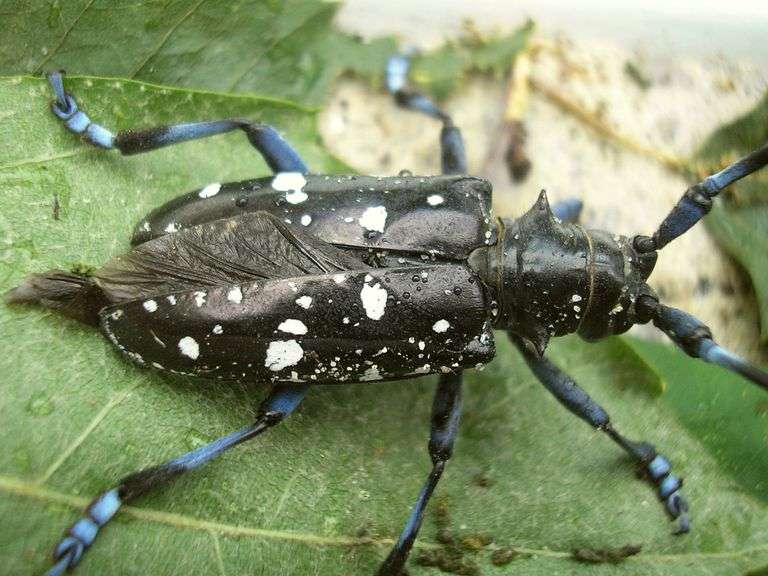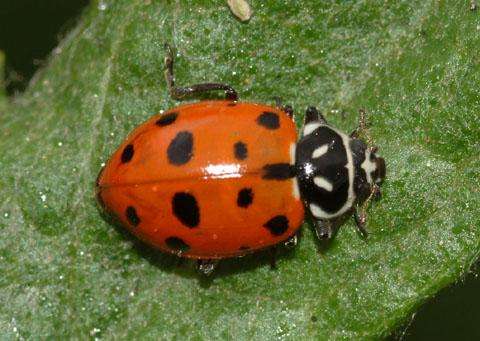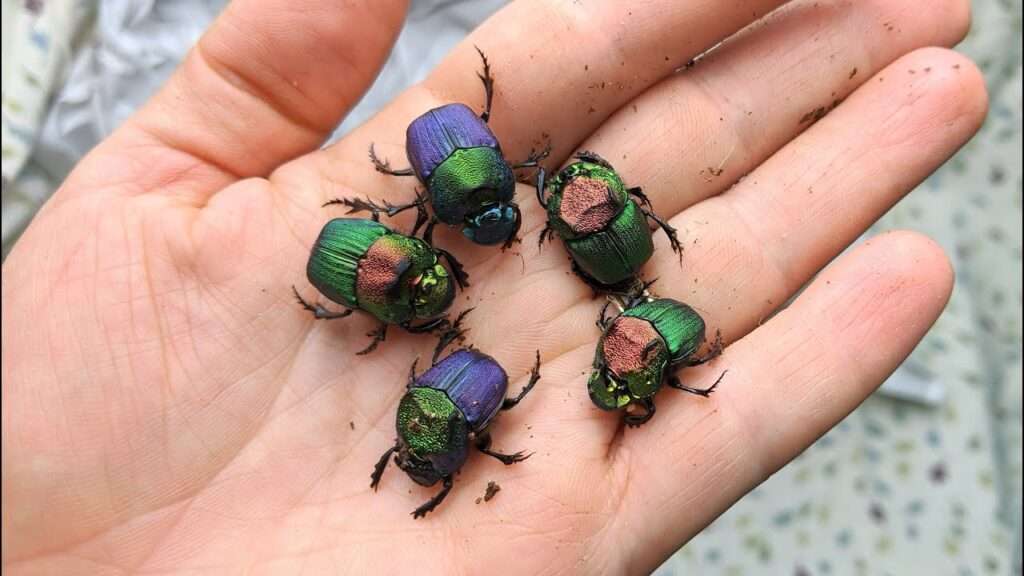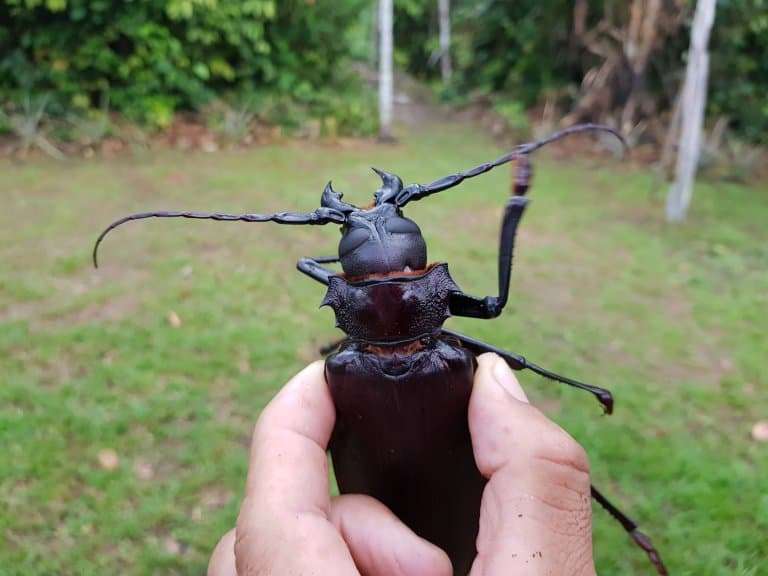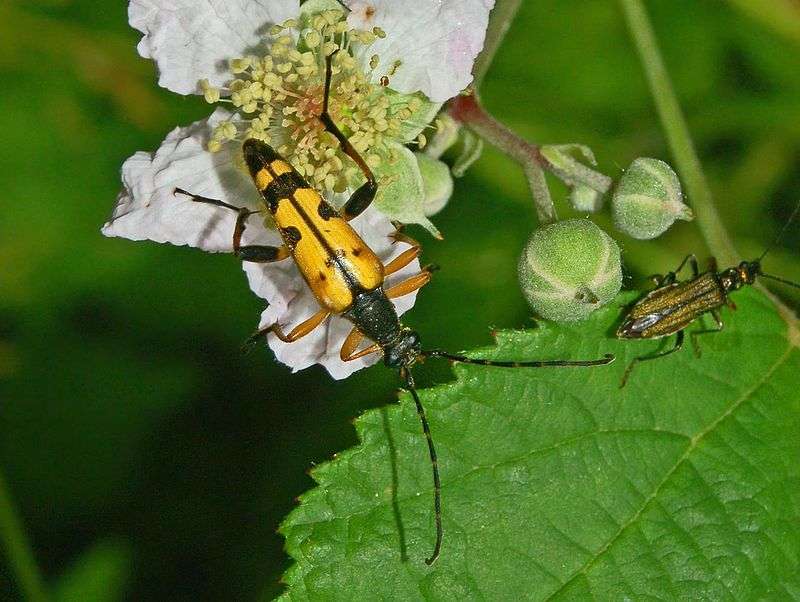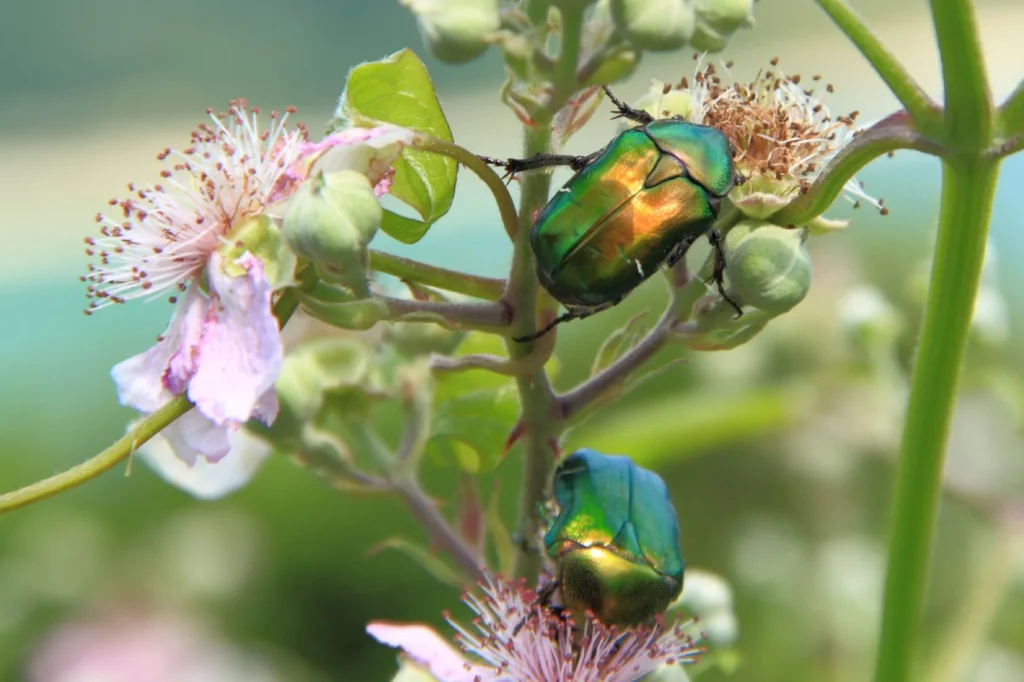Asian Long-Horned Beetle
Eastern China and Korea are the natural habitats of the Anoplophora glabripennis; sometimes referred to as the sky beetle, ALB or starry sky. Since its initial discovery in the United States in 1996, this species has unintentionally spread to Canada and a number of European nations. It is thought that solid wood packaging materials from […]
Asian Long-Horned Beetle Read More »


